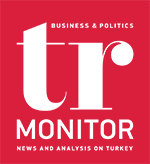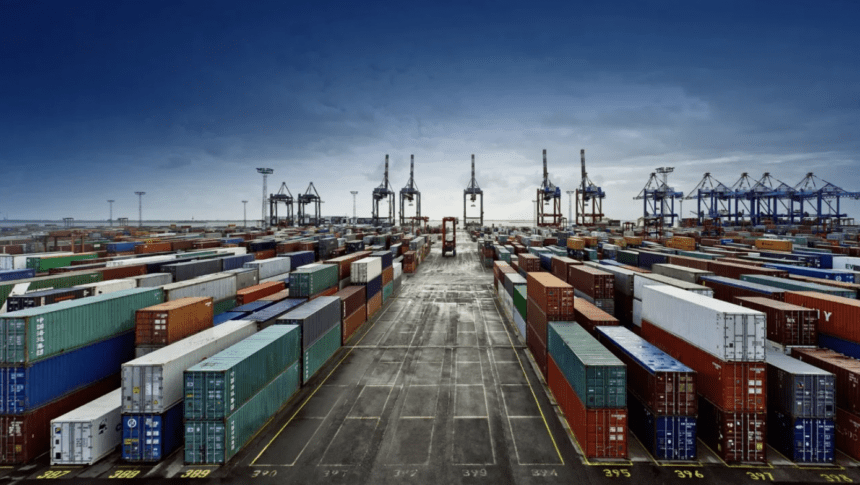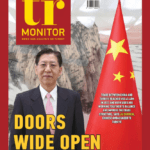The Central Bank of Republic of Turkey (CBRT) published its study on ‘how changes in the real exchange rate affect the level of exports according to the weight of imported inputs of exporter firms’. According to this study, the depreciation of the TRY does not contribute to exports.
In a study published by the Central Bank of Turkey, it was stated that the depreciation of the Turkish lira does not contribute to exports and the main determinant of export growth is the change in income in buyer countries. Demirhan Demir, Selcuk Gul and Abdullah Kazdal investigated how changes in the real exchange rate affect the level of exports according to the weight of imported inputs of the exporting firm.
“Imported Input Content of Production and Real Exchange Rate Elasticity of Exports: The Case of Turkey” analyzed export realizations on a quarterly basis for the 2005-2020 period. In the analysis, the effect of changes in the real exchange rate on the export performance of firms with high use of imported inputs in manufacturing and firms with high use of domestic inputs was analyzed and the reaction of exports to changes in the real exchange rate was investigated.
The study concluded that in sectors with high import content, the response of export volume to the depreciation of the TRY in real exchange rate changes in the very short term (one or two quarters) was statistically insignificant. On the other hand, firms with low import-dependent production, which use more domestic inputs, showed a more bullish response. “For sectors that require less imported inputs in their production processes, declines in the real exchange rate partially provide a competitive advantage and lead to an increase in exports in these sectors,” the study said.
Depending on the results of the detailed analysis by taking into account the intensity of imported input use, the assessment of how total exports reacted to the depreciation of the Turkish lira showed that the effect was limited and the export-enhancing effect of the depreciation of the Turkish lira remained insignificant. The following statements were made in the study:
“Real exchange rate movements do not have a significant export-enhancing effect across the economy. Structurally encouraging the use of domestic inputs through industrial policies may increase the quantitative impact of exchange rate movements on exports. However, our study finds that only certain manufacturing industry sectors can increase exports in quantity with real exchange rate adjustments, and that this effect will be quite limited in absolute terms compared to the effect of external demand developments. In this framework, permanent and sustainable gains in exports can be achieved mainly through high value-added and technological product diversification rather than price competitiveness. In addition, gains in increasing market diversification in exports, especially in the post-pandemic period, are expected to contribute to limiting the effects of fluctuations in external demand on the amount of exports.”
The study also includes some data that will contribute to the long-standing debate on the use of imported inputs by the manufacturing industry and especially by exporters. Accordingly, the share of imported value added in Turkey’s exports is slightly above 20 percent. While this ratio is lower than in many developed exporting countries, it is lower than in Germany and Italy, which are prominent exporters, and higher than in countries such as the United Kingdom and Japan, but close to all of them. Accordingly, while the imported input ratio is low in the textile and clothing sectors, which are Turkey’s top exporting sectors, the imported input intensity is high in all sectors including metals, automotive, chemicals, electronics, machinery, furniture and chemicals. The ratio of imported inputs in these sectors was above 30 percent.










